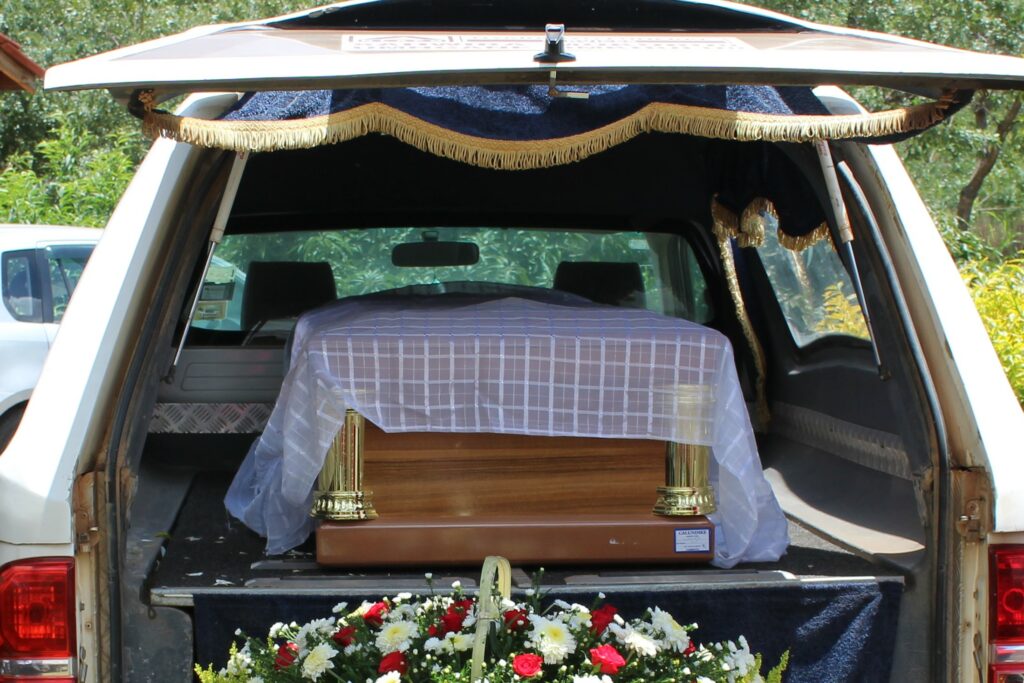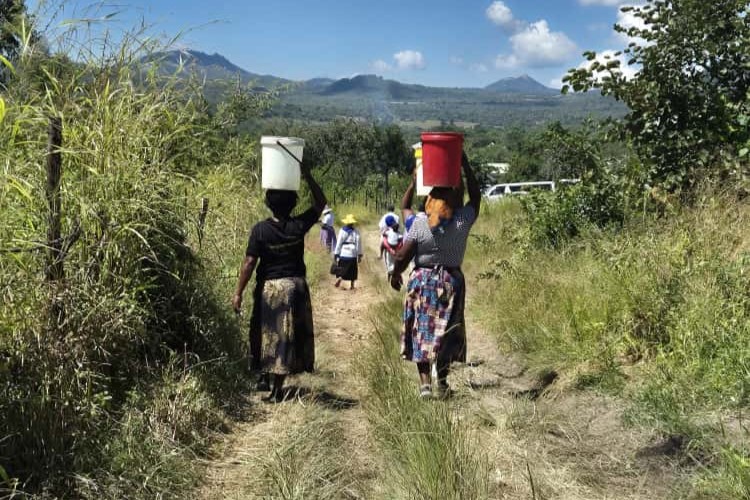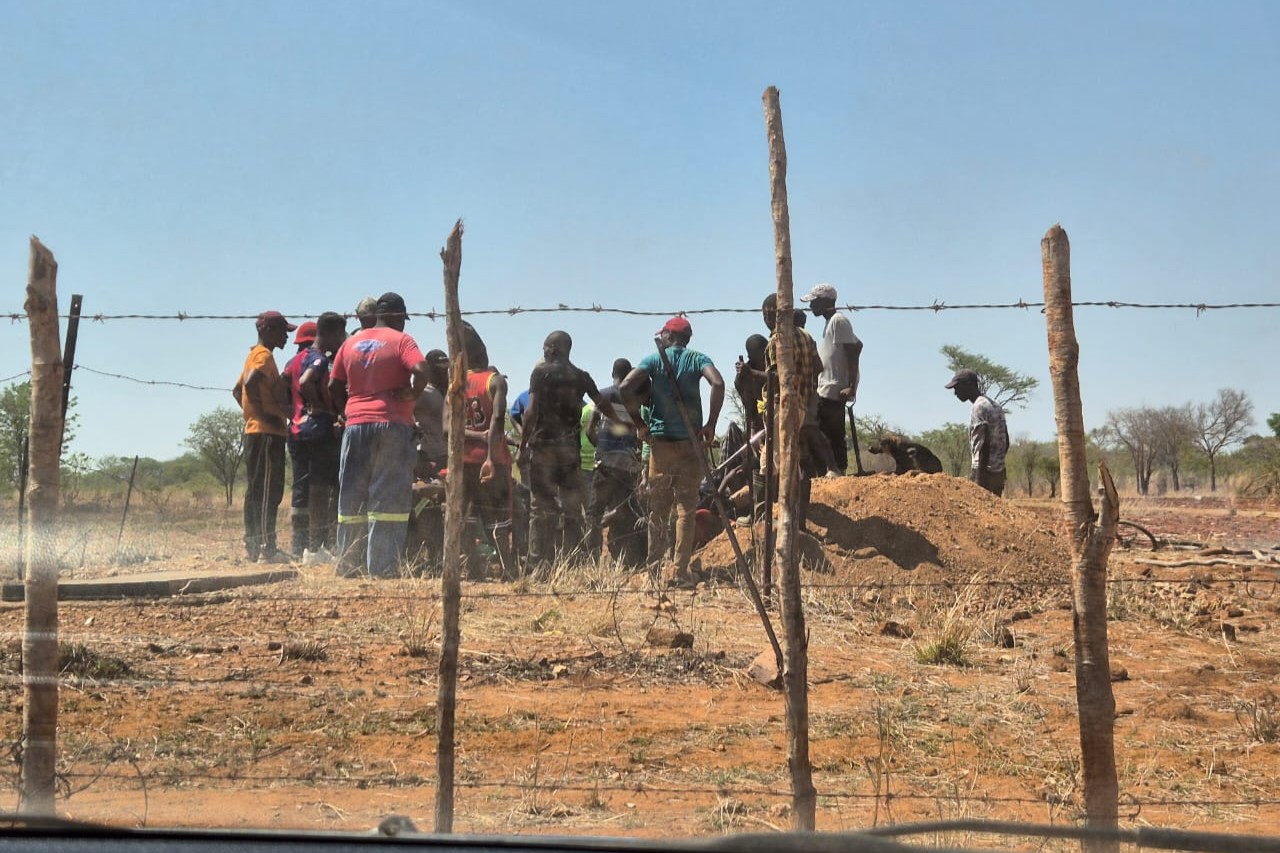Mourning or mining?
Not so long ago, I attended a rufu (funeral) in an area known for its rich gold deposits, which has made it a stronghold of small-scale gold miners. What struck me most was the number of people crowded around the gravesite, actively participating in the digging. At first, I was puzzled. Later, I learned that in this area, grave-digging often draws so much interest because, well, it sometimes transforms into gold-digging! The deceased’s relatives eventually had to intervene to stop the digging, as it seemed the group had no plan to halt it otherwise.
The gravediggers were members of the surrounding community, which reminded me of a common Shona practice: community involvement in digging graves. Observing this made me reflect on the many burial customs of the Shona, especially those performed before someone is laid to rest.
Among the Shona, there are several groups—Karanga, Zezuru, Korekore, and Manyika—and traditional customs and practices sometimes differ slightly among them. Because much of this knowledge has been passed down orally, distortions or variations may have occurred over time.
In this post, I would like to share five Shona customs traditionally performed before burial. Which are:
1. Kupeta mufi
Folding the corpse
In the past, kupeta mufi involved immediately bending the arms and legs of a deceased person. As soon as someone breathed their last, the person keeping watch would fold the limbs to ensure the body could be positioned properly in the grave before rigor mortis set in. Today, the practice may seem unusual, as most corpses are simply straightened for burial in coffins.
Traditionally, the arms and legs were folded so the body could rest on its right side with limbs bent upwards, resembling an unborn baby in the mother’s womb. If the body stiffened before folding, tendons had to be cut to achieve this position.
Nowadays, with modern funerals, the limbs are usually straightened, and if the eyes or mouth remain open, they are closed. In cases where the person dies in a clinic or hospital, the corpse is often already positioned appropriately.

2. Kugeza mufi
Washing the body of the deceased
The body is washed before burial, often symbolically, using a wet towel rather than a full bath. This ensures the deceased is presentable, and for some, it purifies the spirit so it is acceptable to the ancestors. The ritual is usually performed by close family members: sons and brothers for men, sisters for women.
The corpse is then ceremoniously wrapped in a new cloth or blanket and laid on a reed sleeping mat. Where cloth is used, its color may be significant: some insist it be black, while others avoid red. Today, when the corpse is handled at a funeral parlour, washing is done there, and relatives provide the clothing and blanket. The corpse is dressed and laid on the blanket inside the coffin.
3. Kuridza mhere
Wailing, informing family, and paying a token
The Shona word mhere means wailing, and it also refers to a token of notification that a man gives to his wife’s father after she dies.
The sound of women wailing from a homestead signals that death has occurred in the village, inviting neighbours to offer condolences. News is also passed by word of mouth to distant relatives. Wailing continues intermittently until after burial.
When a married woman dies, her relatives must be formally notified, and similarly, a woman’s family should be informed when her husband (their son-in-law) dies. Notification involves a messenger giving verbal information, along with a token presented to the father-in-law. Today, the token is usually monetary; in the past, it could be a hoe or other suitable item. Without formal notification, a woman’s family could refuse to attend the funeral until the matter is remedied.

Kusengudza
Kuridza mhere reminded me of kusengudza.
In the past, a person who was gravely ill could be removed from their home and taken to a place elsewhere. This place to which they were relocated could be the home of a relative or a diviner, or just a temporary shelter built outside the normal home. This is practice is called kusengudza.
Reasons for this included removing them from the vicinity of witches, or taking them closer to a healer. Where a person had been taken further from his home and his health continued to get worse, his relatives would bring him back to a temporary shelter closer to his home to die there. Once the person died, family and the rest of the villagers had to be notified immediately. The wailing of women would serve this purpose. Relatives who lived far away from the home of the deceased were notified by word of mouth.
For some groups of the Shona, kusengudza was always a must for chiefs. The place to which he was taken, and details of his illness where kept a secret. Only the elders of the tribe/ clan would know about this secret place. And when he finally died, the death would be kept secret for almost a month.
Some say this was done to keep members of rival houses from knowing, as they could steal parts of his flesh and use the flesh to create an avenging spirit to torment his nuclear family. For some Shona groups, a certain type of drum-beat was used to notify people of the chief’s death. Among the Manyika people, this type of drum-beat is called chima. In some places an audible horn was blown.
4. Kubata maoko
Offering condolences
Once relatives and neighbours hear the news of a death, they begin to gather at the home of the deceased to offer their condolences. On arriving at the funeral, women immediately start wailing and other women already gathered there sometimes join in. All new arrivals go round expressing their condolences by shaking hands with everyone while saying the words ‘nedzoi,’ or ‘nematambudziko,’ which in a way means ‘You have my symphathy.’
5. Tying strips of bast fibre
Close relatives may stay at the deceased’s home until the burial, which could be a few days. Burials are sometimes delayed to wait for the arrival of close relatives. In some Shona groups, close relatives are identified by tying strips of bast fibre (inner bark) around their heads by the daughters-in-law (varoora). Today, white cloth strips are often used instead.
The strips are removed by varoora just before burial, not by the relatives themselves. A token is usually required for their removal, and the strips are thrown into the grave.

The rituals continue
In the next post, we’ll continue exploring Shona pre-burial customs, covering the another five rituals—from offering tokens of sympathy to preparing the grave itself—and reflecting on the deeper cultural and spiritual significance behind them.
A special thank you to all academics who work tirelessly to uncover and document Shona culture and language. I would like to give special mention to the scholars whose work I read and learned from as I was researching for this post:
- Chitakure J. (2020). Death rituals among the Karanga of Nyajena, Zimbabwe: Praxis, Significance, and Changes. University of South Africa.
- Gombe J. M. (1998). Tsika DzaVaShona. College Press Publishers.

